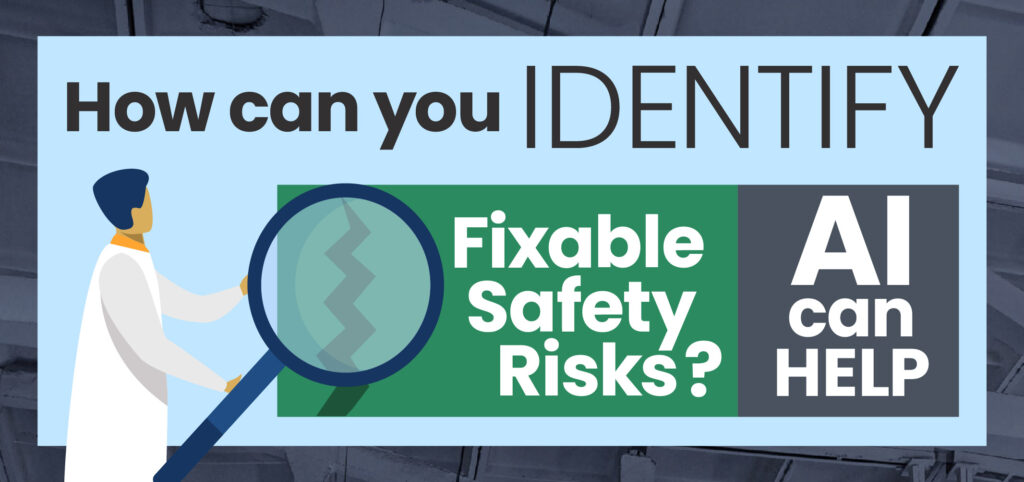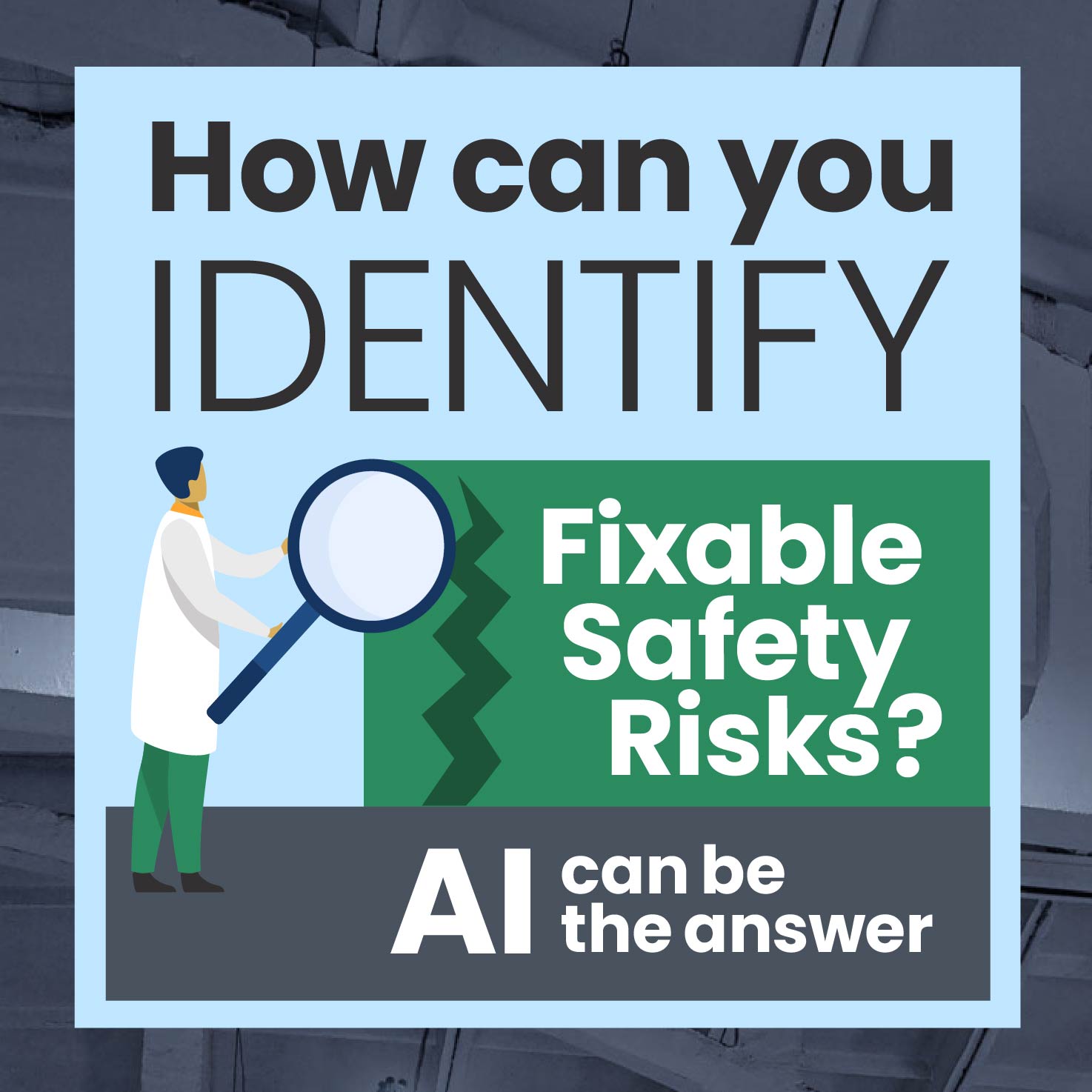
How Can You Identify Fixable Safety Risks? AI Can Be the Answer!
Workplace safety is of paramount importance for both employers and employees. With the advancement of technology, artificial intelligence (AI) has emerged as a powerful tool to help mitigate workplace safety risks that may not be apparent to humans. AI has the potential to spot safety risks faster and more deeply than humans, thereby enabling the loss control team to make recommendations to prevent these risks from causing injuries.
Let’s explore the different types of safety risks that AI can help identify in the workplace and the benefits of implementing AI technology to enhance workplace safety:
Ergonomic Risks at Work
One of the most significant advantages of AI is its ability to identify ergonomic risks in the workplace. Ergonomic hazards arise from the design of the workplace, equipment, and tools used by employees. Ergonomic risks can lead to long-term musculoskeletal disorders such as back pain, carpal tunnel syndrome, and tendonitis. AI can monitor employee movements and identify ergonomic risks that may not be noticeable to humans, such as repetitive motions and awkward postures. By identifying these risks, the loss control team can make recommendations to mitigate ergonomic hazards, such as adjusting workstations, providing ergonomic tools, and changing work procedures.
Identify Struck-by Hazards
Another type of workplace safety risk that AI can identify is struck-by hazards. These hazards occur when workers are hit by objects or materials. For example, a worker can be hit by a falling object from a height, struck by a vehicle or equipment, or struck by a swinging object. AI can analyze video footage to identify potential struck-by hazards and alert the loss control team to take corrective action. The team can then implement recommendations such as implementing barriers, providing personal protective equipment, and improving training to prevent future incidents.
Pinned-by Hazards
Pinned-by hazards occur when a worker is caught or trapped by equipment or machinery. These hazards can cause serious injuries or fatalities if not promptly identified and addressed. AI can monitor machinery and equipment to identify potential pinned-by hazards, such as equipment that suddenly starts moving or a worker who is in a hazardous position. The loss control team can then make recommendations to mitigate the risk of pinned-by hazards, such as installing guards, providing lockout/tag-out (LOTO) procedures, and improving employee training.
Slip, Trip and Fall Hazards
Slip, trip, and fall hazards are among the most common causes of workplace injuries. These hazards can occur due to slippery floors, uneven surfaces, or poorly maintained equipment. AI can analyze video footage to identify potential slip, trip, and fall hazards, such as spills or objects left on the floor. The loss control team can then make recommendations to mitigate these risks, such as improving lighting, installing slip-resistant flooring, and enforcing good housekeeping practices.
The benefits of implementing AI technology in the workplace to enhance safety are numerous. By identifying safety risks that may not be apparent to humans, AI can help prevent injuries and fatalities. This not only improves workplace safety but also reduces workers’ compensation claims and associated costs. Additionally, AI can monitor and analyze employee movements and behaviors, providing valuable data that can be used to improve training and work procedures.
Workplace safety is crucial for both employers and employees. While humans can identify some safety risks, AI has emerged as a powerful tool to help mitigate risks that may not be apparent to humans at a glance. By identifying ergonomic, struck-by, pinned-by, and slip, trip, and fall hazards, AI can help the loss control team make recommendations to prevent these risks from causing injuries. Implementing AI technology to enhance workplace safety can lead to numerous benefits, including improved safety, reduced workers’ compensation claims and associated costs, and valuable data to improve training and work procedures.
About CompScience
CompScience Insurance reduces workers’ comp insurance costs for businesses by limiting the probability of injuries. The Intelligent Safety Platform is based on AI-powered safety analytics that provides risk assessment and recommendations to make workplaces safer. Learn more about CompScience here.





